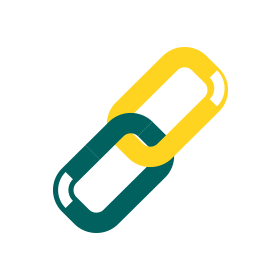1D: Spotting when learners need help
Increasingly children are being identified as having additional needs, both academically and functionally while attending mainstream education. Their needs can be assessed, and sometimes a diagnosis made, in order to provide additional support for some pupils. The importance of identifying a learner who may have additional needs is that it enables us to firstly provide additional support and if this doesn’t help, knowing that we should refer on to other services.
The role of educational practitioners is to ‘spot the differences’ and commence the process of providing additional support. This is particularly the case when access to specialists such as occupational therapists, speech and language therapists, educational psychologists and paediatricians is restricted as is often the case at this time.
How Can I Help Spot The Difference? (click the arrow to expand each one or click here to expand all of the examples):

Dig Deeper
Take a look at the presentation "How does it look when pupils don’t reach expected physical and motor milestones" for more detailed information including how difficulties may present in specific subjects or settings.

Key Points
- A key part of your role as an educational practitioner is to look out for signs and identify learners who are not developing skills at the same rate as their peers
- We must be detectives and attempt to find out what is causing challenging behaviours, or slower than expected development of skills

Thinking Points
- There are two expressions that are often used in relation to behaviour
- All human behaviour has a function (purpose)
- All behaviour is communication
- Try to look at all challenging behaviour with an open mind. Ask yourself “What is this behaviour really about?”

Supportive Resources
- www.multisensory.lgfl.net - A range of structured support for Multisensory Learning



